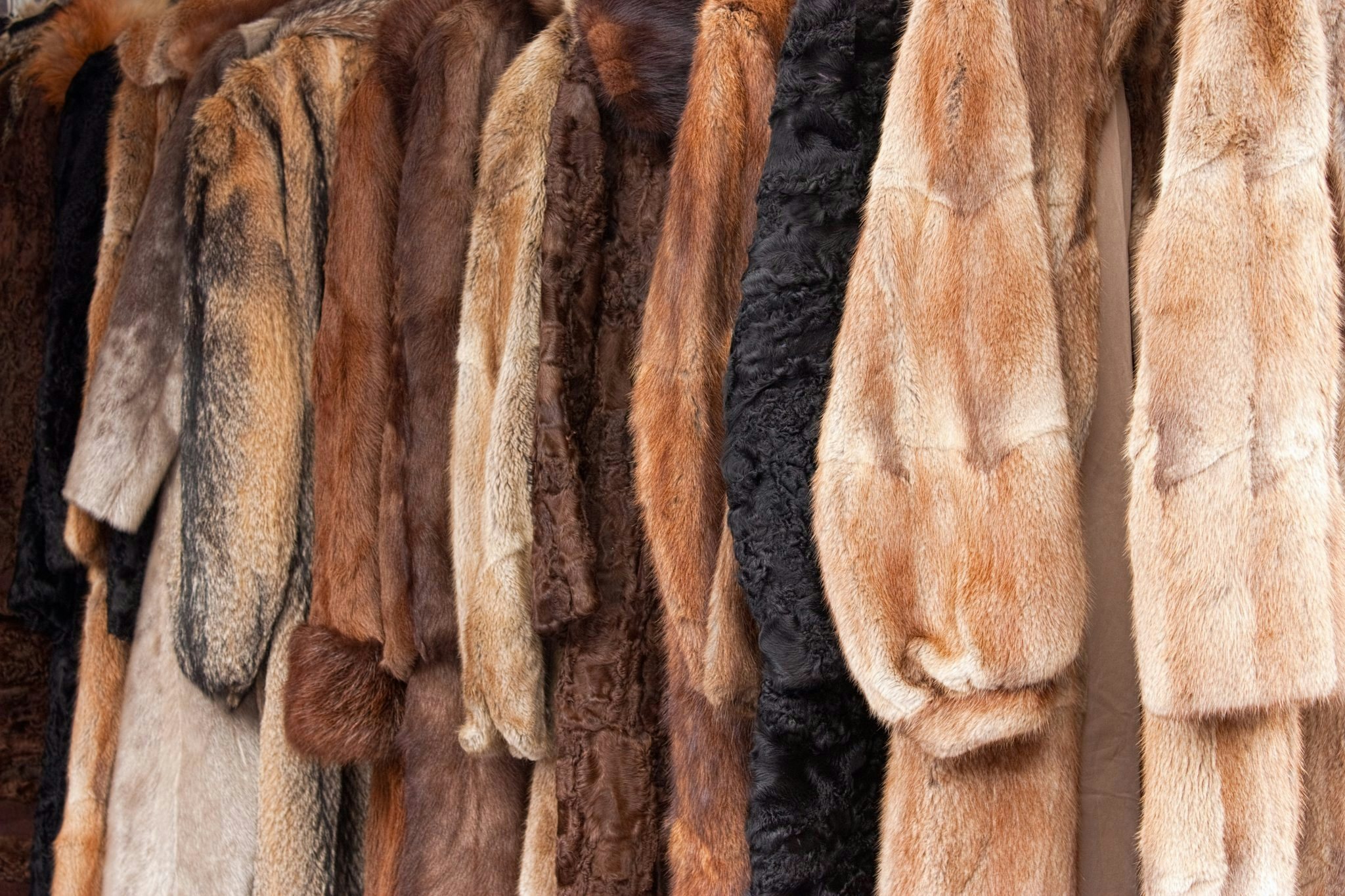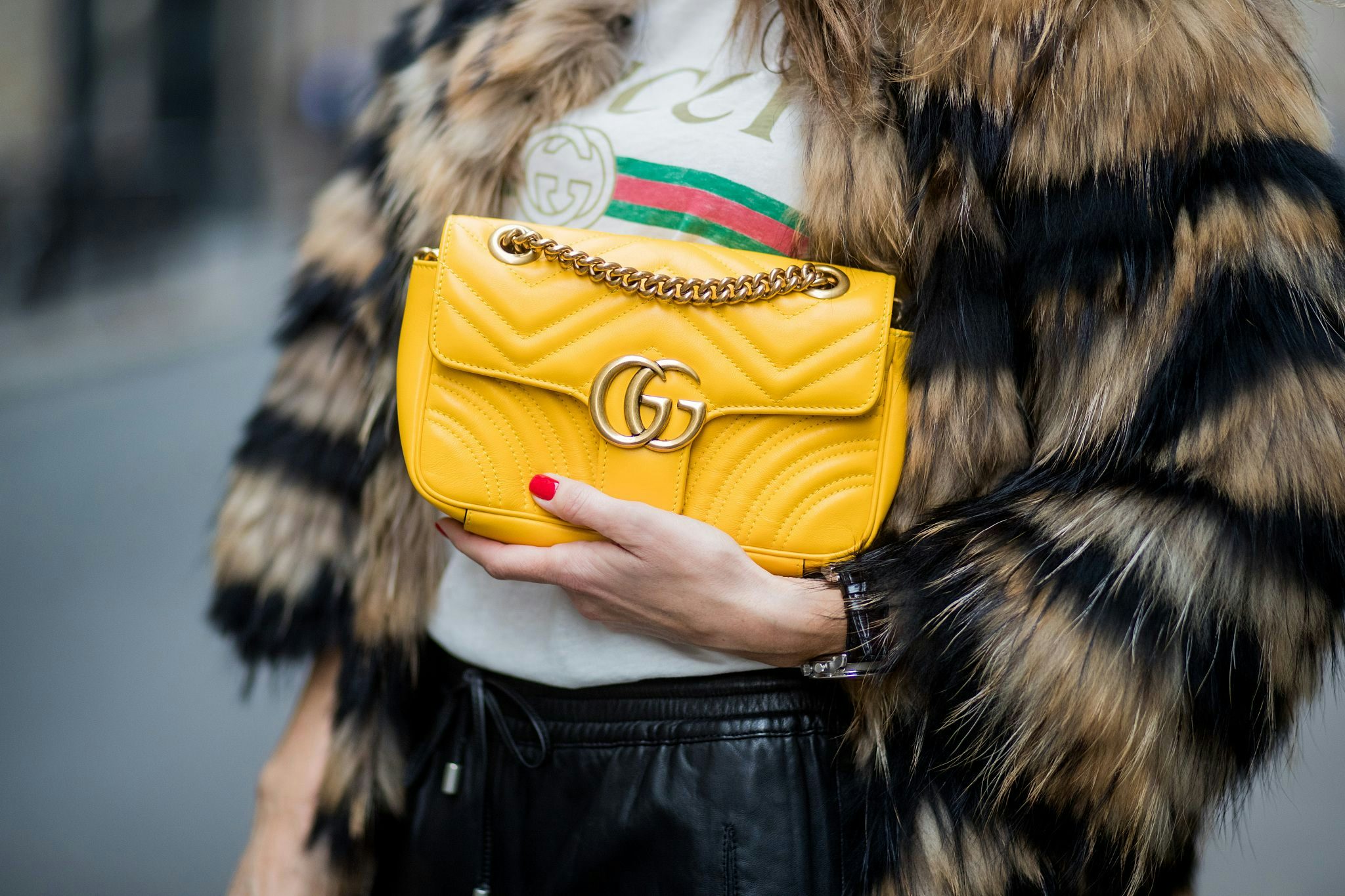High-end global fashion brands including Gucci, Michael Kors, and Jimmy Choo have committed to going fur-free in recent years. Now, the movement is gaining some traction in China.
Several top fashion industry representatives met in Shanghai last week for the Sustainable and Fur Free Fashion Forum, including Chinese Couturier Grace Chen and Designers Michael Wong and Tiffany Pattinson.
Jerri Ng, Editor of InStyle China, discussed her decision to take the publication’s content fur-free, the first fashion magazine to make such a commitment.
Hong Kong Designer Michael Wong, who has collaborated with the likes of Rimowa and Baccarat said at the event, “We’re one of 30 retailers in China who have made this commitment. If a brand wants fur in its collection, there’s no need for the exploitation and pollution that comes with real fur – the choice of faux fur is extensive and beautiful.”
For animal rights activists, however, there is much work yet to be done. According to the SPCA, China accounts for 80 percent of the global fur trade.
The event was organized by ACTAsia, an international non-profit that has worked in China for over a decade. Pei Su, the CEO of ActAsia, said, “Growing consumer interest in where clothes come from and how they are produced is playing a part in leading fashion houses and brands making a commitment to go fur-free. Fur free is an important step towards a more socially aware and sustainable fashion industry.”
“China seems to be the center of animal protection movement in East Asia … The momentum in China is more robust than in Korea and Japan,” Peter Li, associate professor of East Asian Politics at University of Houston-Downtown, told The Guardian.
For consumers and designers in China who are using fur, “it’s just a traditional fabric,” Grace Chen told Jing Daily. “They see it as a normal thing. The history of using fur, especially in northern China, is part of people’s daily lives.”
For Chinese people who don’t wear fur, she says, “it’s because of habit — like myself, I don’t really like fur, and I’m also aware of the social issue of using fur. We are proactively against using fur, but for normal customers, one reason is they don’t really like fur, and also I guess the social movement against fur, non-fur, these kinds of trends are starting to get into people’s thinking.”
“Firstly, awareness of animal welfare is low is China and there is little consumer understanding of where fur comes from,” ACTAsia said. “Secondly, with the rise of economic standards and online marketing by fur retailers who promote fur as an accessible premium product, many consumers associate fur with luxury, wealth and status. Finally, due to the volume of animals farmed and its very poor farming practices, fur is widely available and relatively cheap for consumers to purchase.”
With regards to the luxury industry, global giant Kering continues to use fur, including fox, mink, weasel, rabbit, beaver, kangaroo, deer, and possum, though they have restrictions on species that are endangered or illegally trafficked. With regards to Asia specifically, they will not source Angora from rabbits “due to risk of negligence on animal welfare (e.g. live plucking).”
In 2014, PETA also shed light on the practice of dog fur and dog leather being passed off as other animals in China. Li believes that’s a practice that can only persist for as long as people continue to eat dogs. “When China outlaws dog eating and the dog meat trade, dog leather as a product shall be gone,” he said.
According to ACTAsia, truth in labeling is also required. In China, dog fur is often described as 'Asian Wolf", while cat fur is described as 'rabbit fur'.



